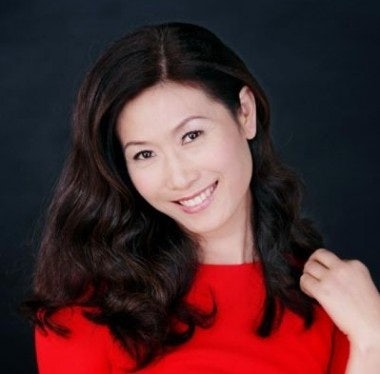Wang's Dragon Art Museum Will Open In 2012#

Wang Wei (王薇)
Over the last several years, the Shanghai-based art collector Wang Wei (王薇, previously on Jing Daily) and her husband, billionaire investor and art enthusiast Liu Yiqian, have emerged as perhaps China's most driven super-collectors, spending tens of millions on contemporary Chinese art, revolutionary-era "Red Classics", and traditional ink paintings. Recipient of the "Top Collector" nod at this year's Art Power award ceremony in Beijing, Wang recently announced that she and her husband have finalized plans for a much-discussed private museum to house their collection. As Wang told Sina this past February, her “Dragon Art Museum” (龙美术馆) will open its doors in November 2012 in Shanghai, featuring contemporary Chinese art on the ground floor, “Red Classics” from 1949-1979 on the second, and traditional works and ancient artifacts on the third floor.
This week, the Chinese-language magazine Art Finance (艺术财经) -- fresh off its interview with the art collector Li Guochang -- spoke to Wang Wei about her new museum, her more overt focus on collecting Red Classics, and the role of the collector in building a stronger arts culture in China. From the interview (translation by Jing Daily team):
Art Finance (AF): Do you have a specific annual budget for your art investments?
Wang Wei (WW)
: Every year my husband and I invest several hundred million yuan in our collection, mostly in "Red Classics" and contemporary art. Red Classics bring up particular emotions among people of our generation, so they're pretty central in terms of what I collect.
The majority of Red Classics are held by national museums and galleries. Very few are in personal collections. So when great works come up for auction, the competition is fierce for them, but every time I'm determined to win. Now I'd say I've got about 200 such works. Also, in terms of contemporary art collecting, I just collect the most important works. This includes representative works from historical Chinese contemporary artists and young Chinese artists.
AF: It's my understanding that you're building a private museum. How's that coming along?
WW:
I've always wanted to have a museum or gallery to display my collection to the public. I'm not like those collectors who want to keep their works out of the public eye. Plans have already been put together by the Today Art Museum team, and we're now getting into the work stage, with plans to open the museum in Shanghai next year. Total investment in the project is 200 million yuan (US$31 million), and we've projected an annual operating budget of 5 million yuan (US$774,000). The museum will have more than 10,000 square meters of exhibition space.
AF: Recently, more than 100 important works of Chinese contemporary art from the Ullens Collection went up for auction. Do you think this will lead to market volatility? Will it lead to a chain reaction in which international collectors of Chinese contemporary art sell off their collections?
WW:
I think the community has overreacted somewhat to the Ullens sale. It's not uncommon for one collector to sell his or her works. The most important thing is that, although there were many works in the Ullens Collection auction, they weren't all top-notch. I'd say there were no more than 20 really important works in the whole sale. So I think the influence of the auction in the Chinese contemporary art market is minor.
AF:
The sale of the Ullens Collection seemed to mark a return of Chinese contemporary art [to Chinese collectors]. Does this indicate that demand for Chinese contemporary art among non-Chinese collectors is weakening?
WW:
On the contrary, I think the Ullens sale is actually a good thing. It let great works re-enter the market and gave home-grown Chinese collectors the opportunity to buy top-quality art. When Chinese contemporary art enters the hands of native collectors, it can let them have a sense of tradition, rather than just being speculation. This leads to a stronger Chinese contemporary art market.
AF: What's your standard for collecting?
WW:
My standard is simple: Every piece must be a representative work in its category. After establishing the museum, I will sort out each collection class and present the most representative works, which I think will let the audience better understand arts and culture, helping the art itself better serve the public.